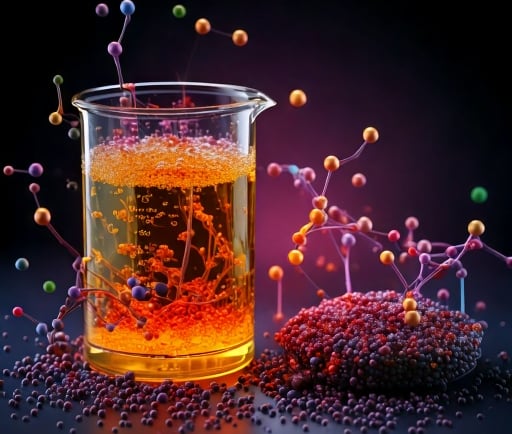The Luminol and Potassium Ferricyanide Reaction


Introduction to Chemical Reactions
Chemical reactions underpin many processes in our everyday lives, from the food we eat to the cleaning products we use. One captivating reaction involves the use of luminol and potassium ferricyanide, which can produce a striking visual phenomenon: a blue cloud of gas. This blog post aims to delve deeper into this intriguing chemical reaction.
The Role of Luminol
Luminol, a chemical compound known for its luminescent properties, is commonly used in forensic science to detect traces of blood, as it emits a blue light when it reacts with certain oxidizing agents. When luminol is mixed with potassium ferricyanide, an unexpected reaction occurs, creating a complex interplay of chemicals that results in the appearance of a notable blue cloud of gas. The luminescence produced by this reaction not only captivates observers but also serves scientific purposes, showcasing the versatility of luminol in various applications.
Understanding Potassium Ferricyanide
Potassium ferricyanide is a coordination compound often utilized in laboratory settings due to its unique properties. In the presence of luminol, it acts as an oxidizing agent, facilitating the reaction that leads to the production of this visually impressive blue cloud. The chemical reactions that involve potassium ferricyanide can yield fascinating results, particularly when combined with luminescent materials. The synergy between these two compounds highlights the importance of understanding chemical reactions and their potential applications in fields such as chemistry and forensic science.
Conclusion: The Significance of the Reaction
The reaction between luminol and potassium ferricyanide is not just an aesthetic endeavor; it provides vital insights into chemical processes. By studying this reaction, researchers can gain a better understanding of various reactions that occur in different environments. Moreover, the ensuing blue cloud of gas symbolizes the beauty and complexity of chemistry. By harnessing such reactions, scientists can innovate in multiple fields, enhancing our knowledge and applications of chemistry in society.
